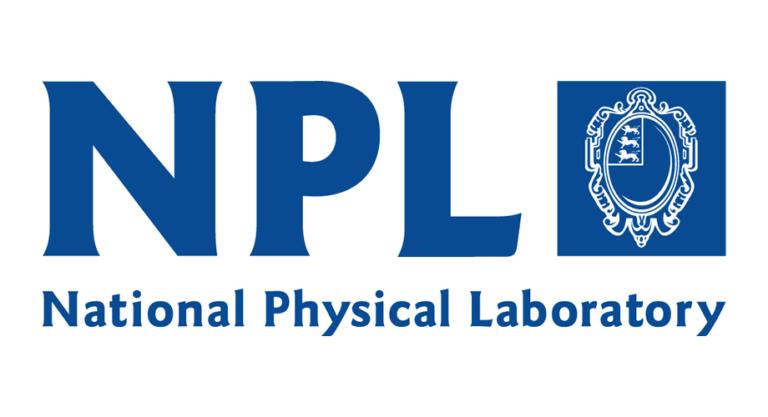Truly industrial laser processes must be capable of running 24/7 and so reliable techniques for process monitoring and control are essential. With laser welding processes for example, real time welding monitoring is not only critical for product quality and integrity; but is a key commercial driver for manufacturing productivity as it eliminates high scrappage levels that otherwise make automation commercially inviable.
Many different sensing techniques have been developed, with the most successful being based on optical measurement, both high speed single point sensors and lower speed spatially-resolved sensor arrays (cameras). A class of sensor recently commercialised relies on optical coherence to determine the depth of machined features etc. This has been successfully applied to cw laser welding, providing continuous measurement of the welding keyhole and hence indirectly the weld penetration depth.
Key processes that will be studied are micro-machining and surface modification of a range of substrates, in particular multi-layer or composite structures where it is typically important to determine whether a particular material layer has been completely removed.









